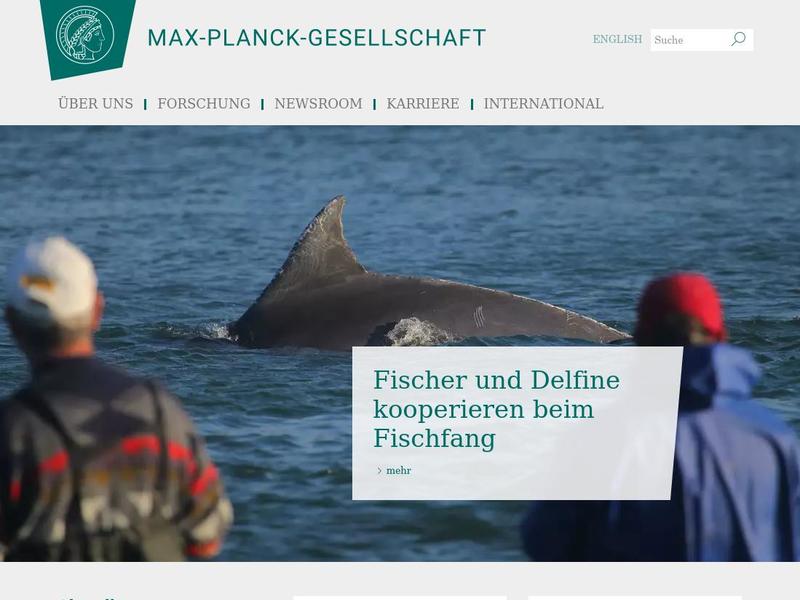Until a million years ago, dwarf planet Ceres, the largest body in the asteroid belt, was the scene of cryovolcanic eruptions: below the Occator Crater, subsurface brine pushed upward; the water evaporated, leaving behind bright, salty deposits. This process is probably still ongoing. A team of researchers led by the Max Planck Institute for Solar System Research (MPS) in Germany comes to these conclusions after evaluating high-resolution camera images of Ceres from the final phase of NASA’s Dawn mission. The scientific journals Nature Astronomy, Nature Geoscience, and Nature Communications today dedicate a total of seven articles to this and other results from the Dawn mission. The publications paint a picture of a unique world, in whose interior remains of a global ocean have survived to this day and whose remarkable cryovolcanism is probably still active.
About 7.5 million years ago, brine rose to the surface

